NASA’s Jet Propulsion Month in Review Part 1
Month in Review: Ed Stone Dies | Odyssey Nears 100,000, Orbits | Air in NASA’s Mars Sample Tubes | NASA Launches Second Small Climate Satellite
|
Jul 3, 2024, |
JPL LIFE
Ed Stone, Former Director of JPL and Voyager Project Scientist, Dies
Known for his steady leadership, consensus building, and enthusiasm for engaging the public in science, Stone left a deep impact on the space community. Read More
MARS
Mapping the Red Planet With the Power of Open Science
Combining images from orbit with images from the surface, a JPL-developed tool allows researchers to zoom in to see individual boulders and zoom out to see all of Mars. Read More
MARS
NASA’s Mars Odyssey Captures Huge Volcano, Nears 100,000 Orbits
The 23-year-old orbiter is taking images that offer horizon-wide views of the Red Planet similar to what astronauts aboard the International Space Station see over Earth. Read More
SOLAR SYSTEM
NASA’s Juno Gets a Close-Up Look at Lava Lakes on Jupiter’s Moon Io
Infrared imagery from the solar-powered spacecraft heats up the discussion on the inner workings of Jupiter’s hottest moon. Read More
MARS
Detective Work Enables Perseverance Team to Revive SHERLOC Instrument
After six months of effort, an instrument that helps the Mars rover look for potential signs of ancient microbial life has come back online. Read More
VIDEO
What’s Up – July 2024
What are some skywatching highlights in July 2024? Follow the tail of Scorpius to locate star clusters M6 and M7, let Mars guide you to observe planet Uranus, and see the Moon gather a group of planets in the a.m.
https://www.youtube.com/watch?v=5OAu8tb8tt8
What’s Up: July 2024 Skywatching Tips from NASA
NASA Jet Propulsion Laboratory
1.19M subscribers
Subscribe
595
Share
12,851 views Jul 2, 2024
What are some skywatching highlights in July 2024? The Moon and planets come together twice in the morning sky – at the start and end of July, find the elusiv7e planet Uranus with some help from Mars, and two star clusters – M6 and M7 – are well placed for viewing in the evening. 0:00 Intro 0:14 Moon and planet pairings 1:40 Mars and Uranus 2:14 Star Clusters in Scorpius 4:24 July Moon phases Additional information about topics covered in this episode of What’s Up, along with still images from the video, and the video transcript, are available at https://science.nasa.gov/skywatching/…. — Additional Resources — – Find events & clubs: NASA’s Night Sky Network: https://science.nasa.gov/skywatching/… – Skywatching resources from NASA: https://science.nasa.gov/skywatching
Chapters
View all
Featured placesSee more information in Google Maps
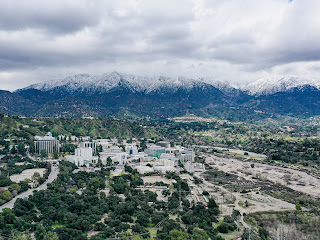
Transcript
Follow along using the transcript.
Show transcript
Transcript
Intro
0:00
[energetic music]
0:02
[Preston Dyches] What’s Up for July
0:04
The Moon gets the band back together,
0:06
find planet Uranus with some help from Mars,
0:09
and the star clusters that feel the Scorpion’s sting.
0:13
All month in July, as in June, the planetary action
Moon and planet pairings
0:17
is in the a.m. sky.
0:19
Find Saturn rising around midnight,
0:21
and climbing high into the south by sunrise.
0:24
Mars rises a couple of hours later, with Jupiter
0:27
trailing behind it, and shifting higher in the sky each day.
0:31
On July 2nd and 3rd before sunrise,
0:33
the crescent Moon will join Jupiter and Mars in the east.
0:37
Looking for them before the sky starts to brighten,
0:39
you’ll also find the Pleiades star cluster above Jupiter,
0:43
as well as bright stars Capella and Aldebaran.
0:46
As the Moon swings around the planet in its orbit,
0:49
this same group gets back together
0:51
at the end of the month,
0:53
but as a much tighter gathering of Jupiter, Mars, and the Moon
0:56
with the bright stars of the constellation Taurus.
1:00
Then on the evening of July 7th and 8th,
1:02
those with an unobstructed view of the western horizon can spot
1:05
Mercury shining brightly,
1:07
low in the sky with a slim crescent Moon.
1:10
Look for them starting 30 to 45 minutes after the Sun sets.
1:14
Observers in the Southern Hemisphere
1:16
will find Mercury a good bit higher
1:18
in the northwest sky all month after sunset.
1:21
On July 13, for the first few hours after dark,
1:24
look to the southwest to find the first quarter Moon
1:27
snuggled up with bright bluish-white star Spica.
1:31
For much of the lower 48 United States and most of Mexico,
1:34
the Moon will appear to pass
1:36
in front of Spica ? an event called an occultation.
Mars and Uranus
1:40
Next, over three days in mid-July,
1:43
grab your binoculars
1:44
and have a look at Mars in the early morning
1:46
before the sky starts to brighten, and you’ll find
1:49
the distant planet Uranus quite close by.
1:52
Uranus is not too difficult to see with binoculars
1:55
or a small telescope anytime it’s reasonably high
1:58
above the horizon at night, but you really need to know where
2:01
to look for it, or use an auto-guided telescope.
2:05
But occasionally the Moon or one of the brighter planets
2:08
will pass close to Uranus in the sky,
2:10
making for a great opportunity to find it with ease.
Star Clusters in Scorpius
2:15
The winding form of constellation Scorpius,
2:18
adorned with the bright red star Antares,
2:21
is a feature of the night sky
2:22
around the world this time of year.
2:24
And at the tip of the scorpion’s tail are two well-known
2:28
star clusters
2:29
that are well placed for viewing at this time of year.
2:32
M7, aka Ptolemy’s Cluster, and M6,
2:35
the Butterfly Cluster, are both located about 5 degrees
2:39
east of the bright stars
2:40
that mark the “stinger” end of the scorpion’s tail.
2:43
They reach their highest point in the sky
2:45
around 10 or 11 p.m. local time.
2:48
To find M7, imagine a line toward the east
2:51
through the “stinger stars,” Lesath and Shaula,
2:54
and it will lead you straight to the star cluster.
2:56
M6 is just a couple of degrees above M7.
3:00
Both are “open star clusters,” meaning they’re loose groupings
3:03
of stars that formed together, in the same region of space,
3:07
and they’re only loosely bound together by gravity,
3:09
so they’ll eventually go their separate ways.
3:12
M7 is just visible to the unaided eye
3:15
under dark skies
3:16
as a hazy patch just left of the tip of the scorpion’s tail.
3:20
But it’s best seen with binoculars
3:22
or a telescope with a wide field of view.
3:25
Its stars are located at a distance of about 1000
3:28
light years from us,
3:29
and they formed about 200 million years ago.
3:32
The cluster was discovered
3:33
by Greek-Roman astronomer Ptolemy in the year 130,
3:37
hence its other name.
3:38
M6 is about half
3:40
the apparent size of M7, and contains fewer stars.
3:44
It’s also a bit farther away from us,
3:46
at around 1600 light years.
3:48
It’s estimated to be about half as old
3:50
as M7, at an age of around 100 million years.
3:53
It was discovered by Italian astronomer and contemporary
3:56
of Galileo, Giovanni Battista Hodierna, in 1654.
4:02
These two clusters are easy to observe in July,
4:04
and their location in Scorpius makes them
4:06
pretty straightforward to locate on a clear night.
4:10
So there’s no reason to fear this scorpion’s sting.
4:13
Instead, let it guide you to two distant star clusters,
4:16
and see for yourself two little families of stars
4:20
in the process of spreading out into the Milky Way.
July Moon phases
4:24
Here are the phases of the Moon for July.
4:28
Stay up to date on NASA’s missions exploring
4:30
the solar system and beyond at science.nasa.gov.
4:34
I’m Preston Dyches from NASA’s Jet Propulsion Laboratory,
4:37
and that’s What’s Up for this month.
English (United States)
AllFrom NASA Jet Propulsion LaboratoryAstrophotographyNASAPlanetsRelatedFor youRecently uploadedWatched
NASA Jet Propulsion Laboratory
ASTEROIDS AND COMETS
NASA Selects Participating Scientists to Join ESA’s Hera Mission
Three scientists from NASA’s Jet Propulsion Laboratory are among the dozen selected by the agency for the ESA planetary defense mission slated to launch later this year. Read More
EARTH
NASA-Led Mission to Map Air Pollution Over Both US Coasts
Conducted by two research aircraft at lower altitudes than most commercial planes fly at, the East Coast flights end June 26. California flights will be June 29 through July 2. Read More
MARS
Why Scientists Are Intrigued by Air in NASA’s Mars Sample Tubes
Tucked away with each rock and soil sample collected by the agency’s Perseverance rover is a potential boon for atmospheric scientists. Read More
MARS
NASA’s Perseverance Fords an Ancient River to Reach Science Target
Originally thought of as little more than a route clear of rover-slowing boulders, Neretva Vallis has provided a bounty of geologic options for the science team. Read More
This message was sent to ingpeaceproject@gmail.com from jplnewsroom@jpl.nasa.gov
NASA’s Jet Propulsion Laboratory
NASAJPL
4800 Oak Grove Dr
Pasadena, CA 91109
Please view Part 2:

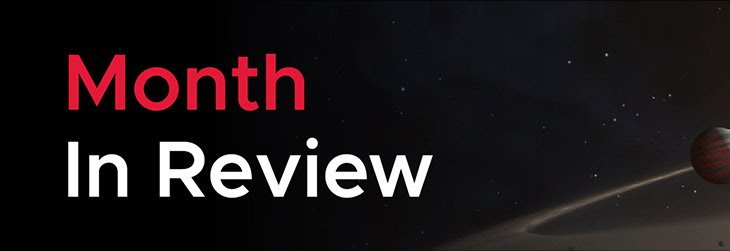


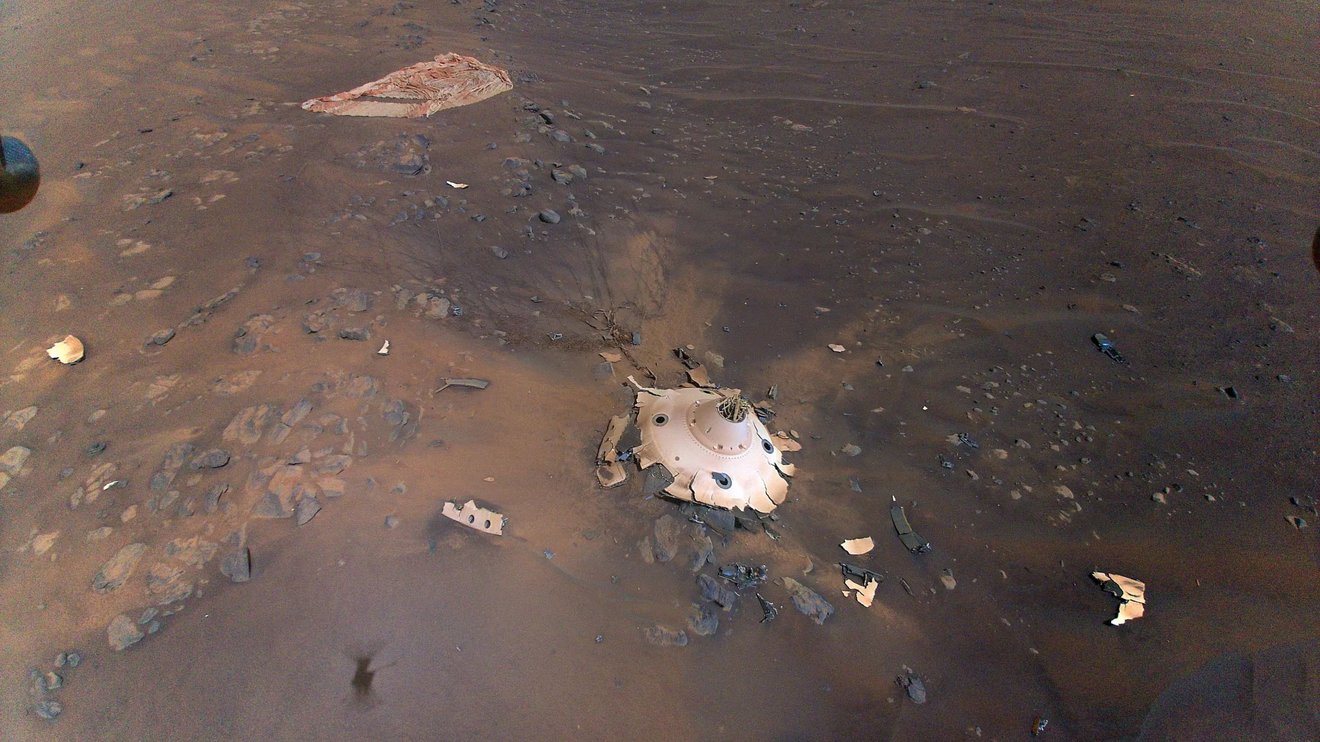
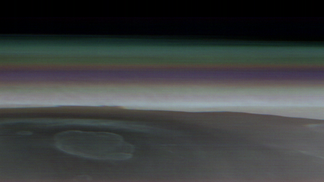

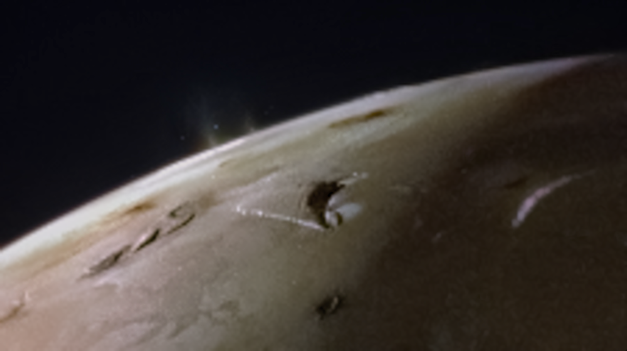
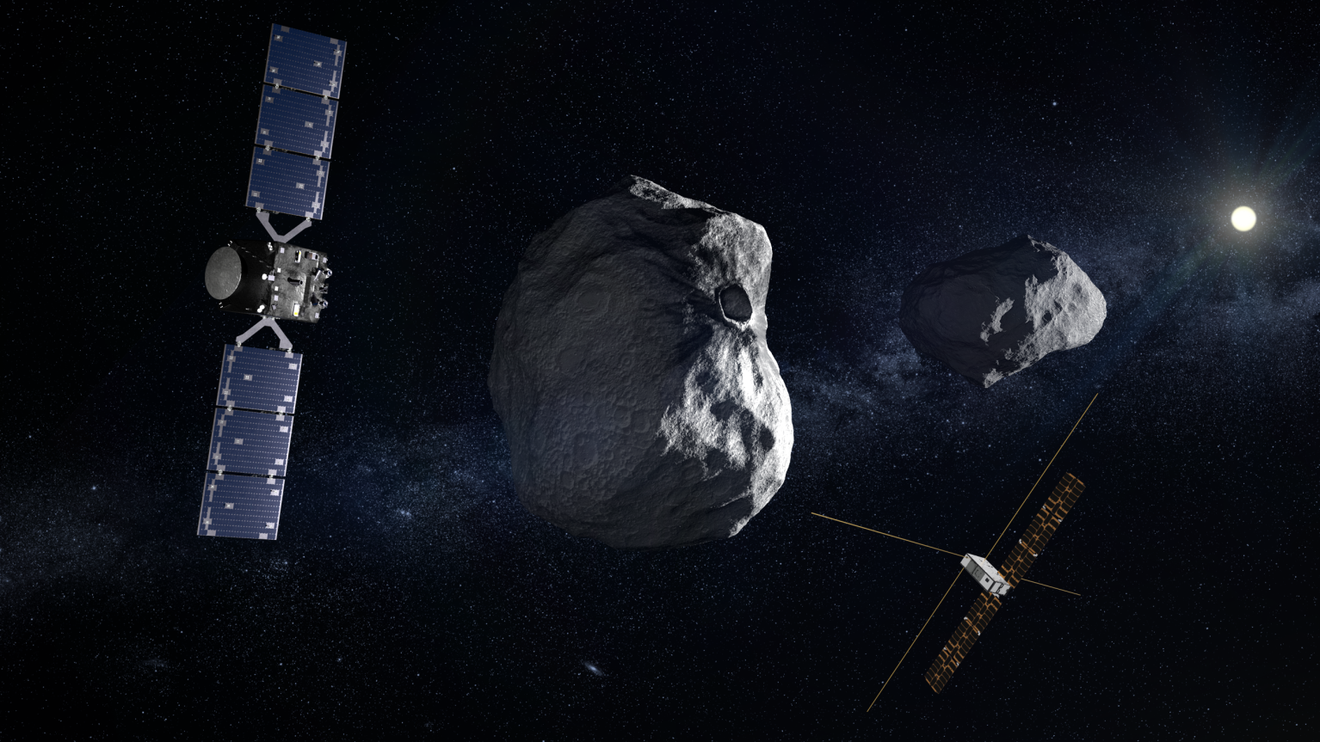
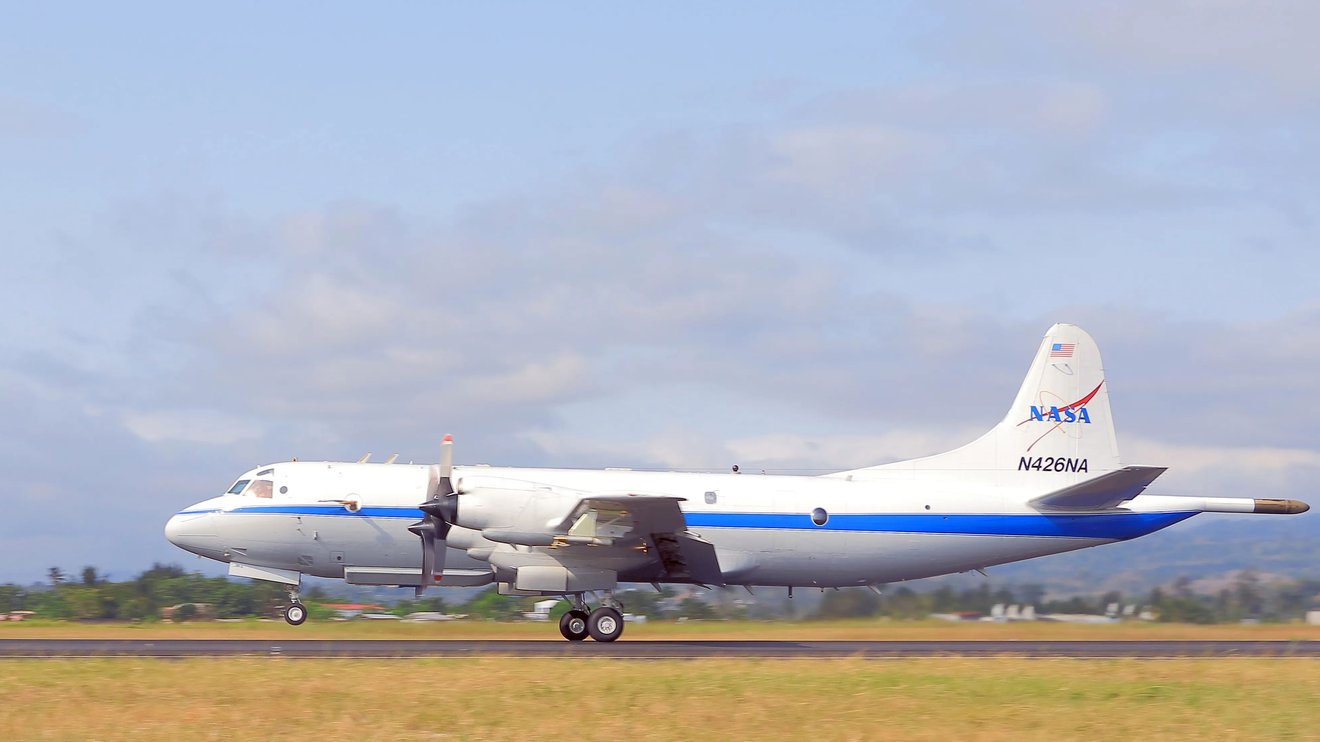
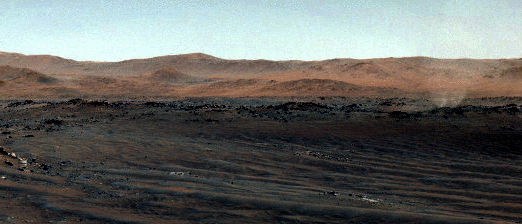
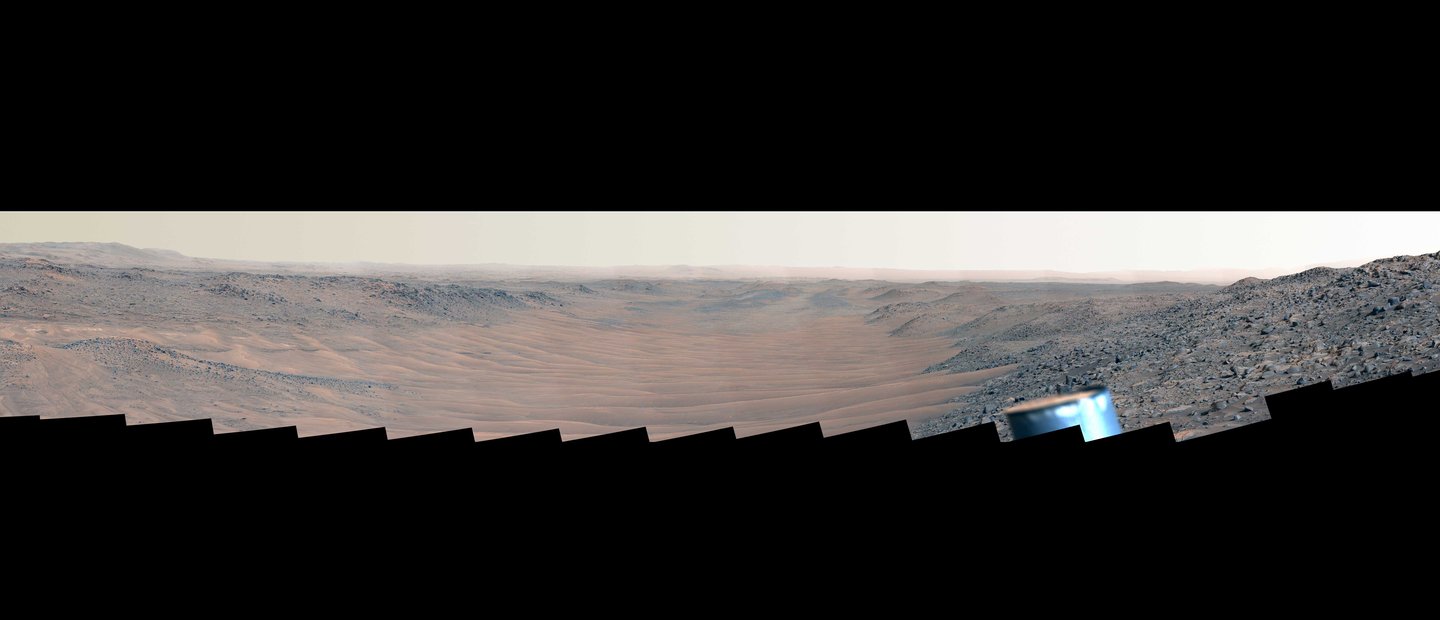
Leave a Reply